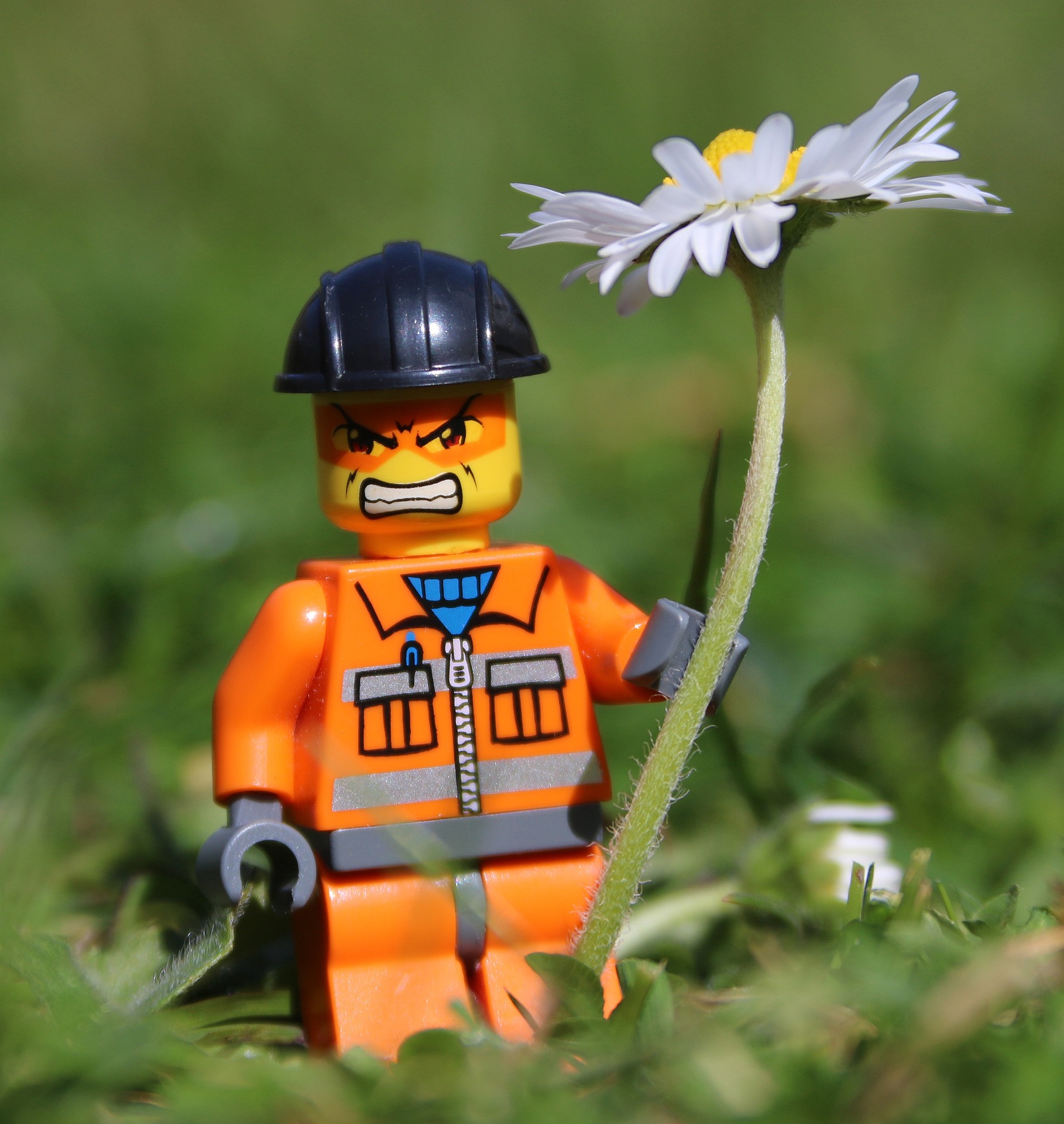The Danish company committed in 2021 to using recycled plastic to manufacture its toys. But LEGO reconsiders its decision, and its CEO. has arguments to justify this transfer.
The company heavily publicized this strategic choice at the time and even presented a viable prototype made from recycled bottles. At a time when plastic pollution is shaping up to be a mini-apocalypse in the decades to come, companies are showing their credentials to prove that they are affected by the problem. Amazon which wants to reduce the use of plastic in its packaging, or Apple which abandons the blister pack, there is no shortage of examples.
LEGO, for its part, implemented a new type of packaging for its toys three years ago. Unfortunately, the promise to use recycled plastic will not be kept. The reason: CO emissions2.
A turnaround justified by increased emissions
The idea was to move from plastic directly from oil production to polyethylene terephthalate (PET) from recycling. The idea was good… only on paper. It was Niels Christiansen, current CEO of LEGO, who explained this to the Financial Times on September 24. In fact, if the company had used recycled PET for its toys, it would have increased carbon emissions throughout the product’s life cycle.
The intention for 2021 was certainly laudable, but the math was apparently wrong. LEGO currently produces 80% of its bricks sold worldwide from acrylonitrile butadiene styrene (ABS). This non-degradable plastic, which is difficult to recycle, emits a very toxic monomer during its manufacture: acrylonitrile, a compound considered carcinogenic.
Back to basics for LEGO
In the same interview, Niels Christiansen admitted that his firm had underestimated the difficulty of using a new “ magic material » for his toys. Faced with the dilemma, LEGO will therefore return to the good old ABS, which nevertheless requires 2 kilos of oil to manufacture 1 kilo of plastic. However, the company still wants to accelerate its research to reduce the carbon impact of this compound. For the moment, the most feasible solution remains to reuse and recycle the bricks already in circulation.
LEGO’s head of sustainable development himself admits that this turnaround is disappointing. However, the company will continue its efforts and wishes to triple its investments in sustainable development within 2 years. On the other hand, it is also aiming for a 37% reduction in its carbon emissions in 2032, starting in 2019. A bad period for this company, which has built its success since the 1930s thanks to a revolutionary material at the time: plastic.
Sources: International mail, INRS

22